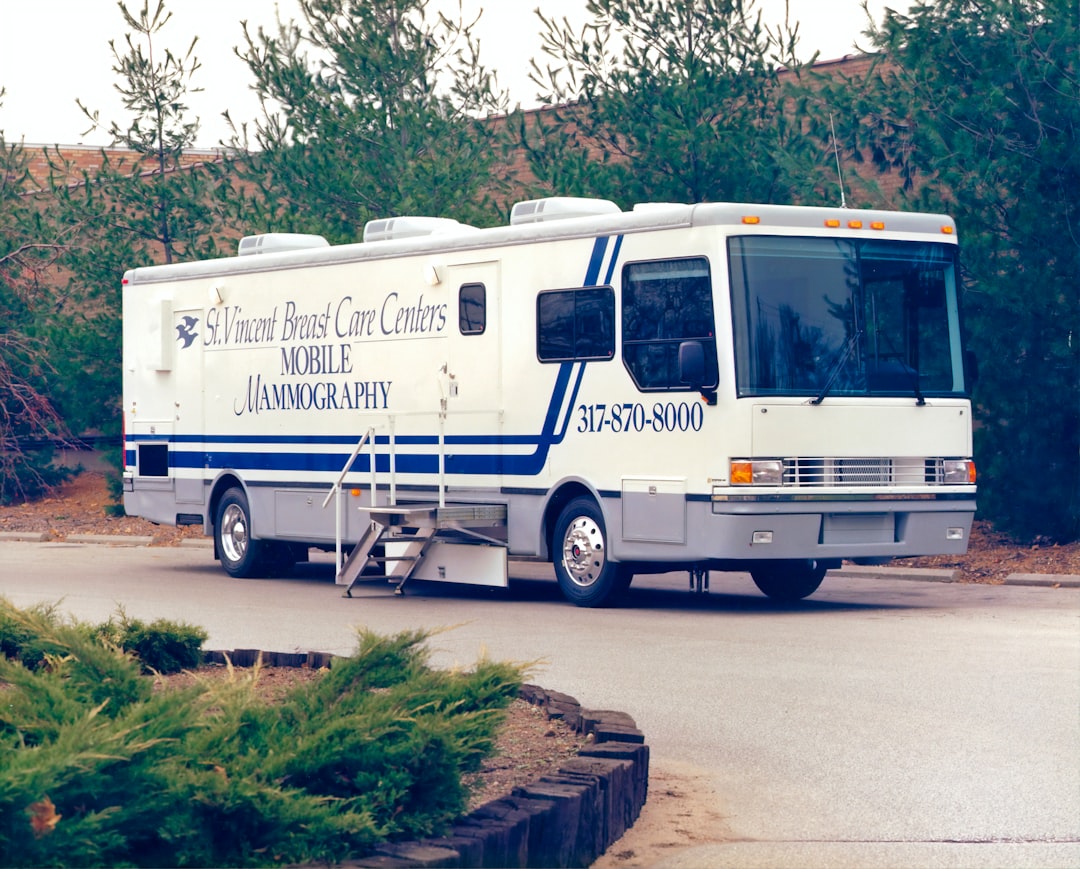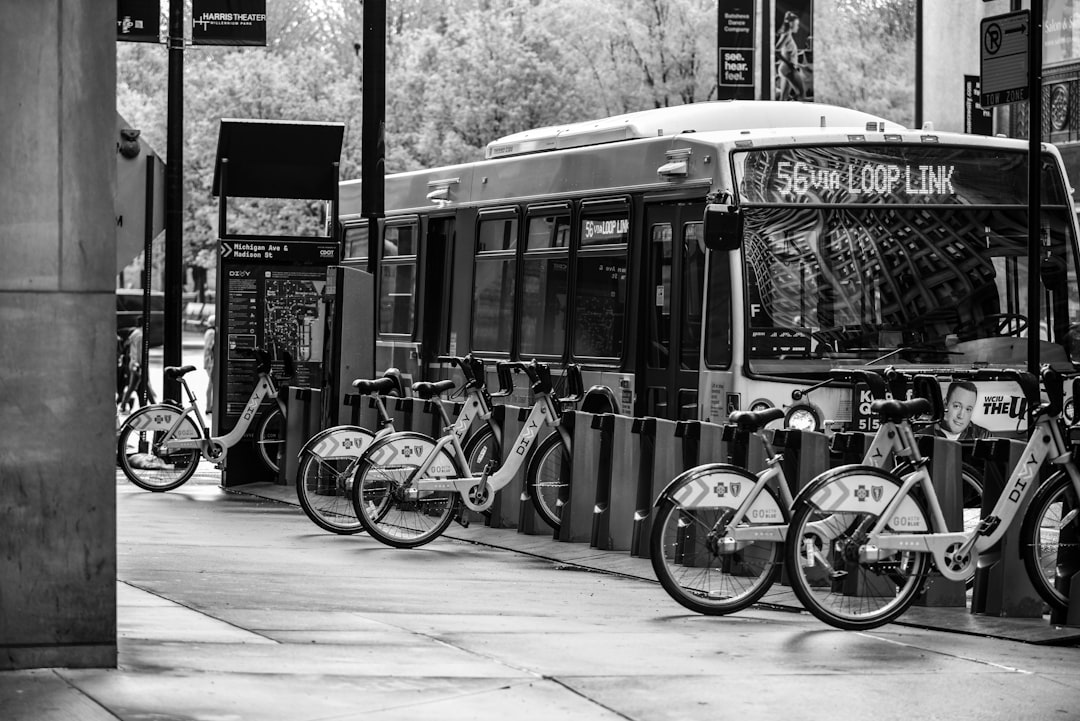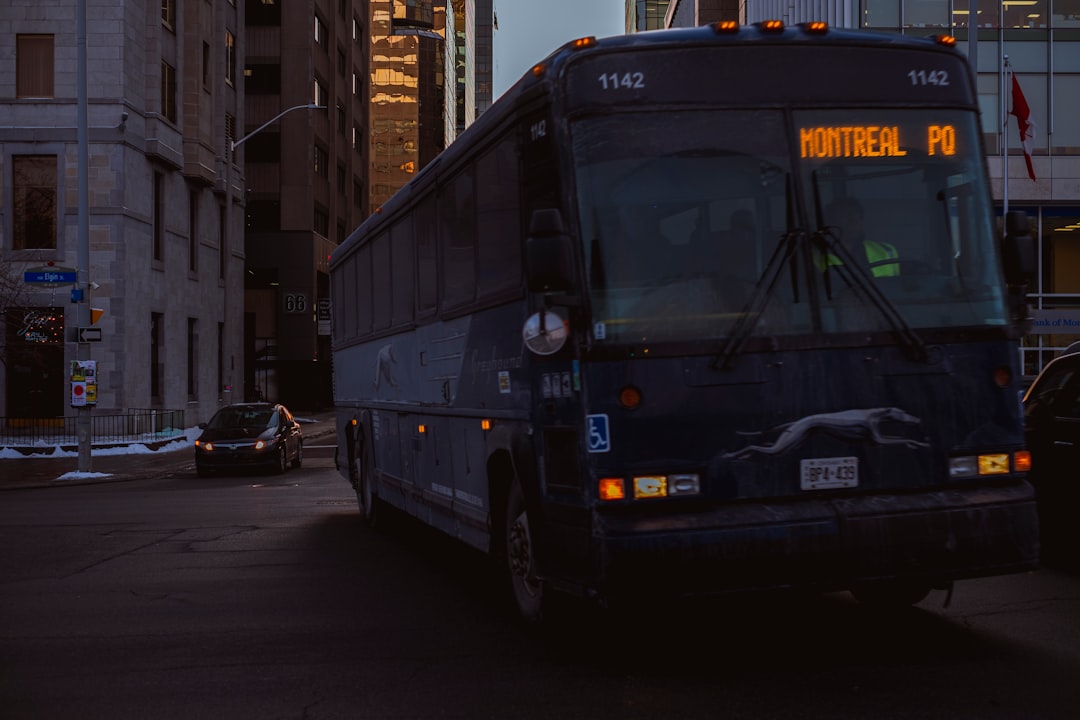

Engage prospects with a scan and streamline customer engagement with FREE QR code marketing tools by Sona – no strings attached!
Create a Free QR CodeFree consultation

No commitment

Engage prospects with a scan and streamline customer engagement with FREE QR code marketing tools by Sona – no strings attached!
Create a Free QR CodeFree consultation

No commitment
Transportation consulting services are navigating one of the most transformative periods in recent history. Amid growing demands for operational efficiency and measurable marketing impact, firms are discovering that traditional tactics like printed brochures, event flyers, and static billboards often fall short. These approaches can overlook high-value prospects who never fill out a form or attend a meeting, leaving consulting teams with little insight into who is actually engaged or where interest is strongest.
QR codes, once viewed as a tech novelty, have now become an essential channel for bridging those gaps. By seamlessly linking physical touchpoints such as proposals, project sites, and transit assets with dynamic digital journeys, QR codes turn fleeting in-person curiosity into actionable digital interactions. Compared to manual form fills or app downloads, these codes provide a frictionless path that increases both conversion rates and the quality of captured data while minimizing lost opportunities.
By thoughtfully embedding QR codes into their marketing strategies, transportation consulting services alleviate common pain points like missed high-intent leads, lack of engagement visibility, and difficulty demonstrating ROI. Harnessing advanced QR code platforms with tracking, CRM integration, and deep analytics does more than grow a contact list; it unlocks actionable insights, making every interaction measurable and improving the probability of converting interest into engagement and pipeline at every step of the client journey.

QR codes are transforming how transportation consulting services engage with prospects, moving beyond printed credentials and static presentations. One persistent challenge is losing high-value prospects who engage in the real world but never make it into the CRM, leaving firms uncertain about true demand and causing valuable opportunities to slip away. QR codes replace common bottlenecks like paper sign-in sheets and untracked flyers by making every offline interaction measurable.
The key is to translate real-world interest into immediate digital action. That starts with identifying where off-site engagement occurs and mapping those moments to the correct call to action, then tracking what happens next. Clear measurement lets you double down on the touchpoints that convert and sunset the tactics that do not.
Advanced QR tools help address the persistent issue of untracked high-value inquiries by automating routing, nurturing scanned leads with email or SMS, and offering analytics to refine your campaigns in real time. This approach reduces manual follow-up, aligns marketing and business development, and ensures that the next step for every prospect is one scan away. Start creating QR codes for free.

In transportation consulting, bridging the offline-to-online gap is not only an efficiency concern; it directly impacts pipeline visibility and campaign effectiveness. Prospects who review a printed proposal, examine project signage, or attend a public meeting often leave no digital trace. Without a traceable action, timely follow-up is difficult and opportunity costs accumulate for both marketing and sales.
QR codes make it easy for decision makers to take the next step the moment curiosity peaks. Whether it is a capital planning leader scanning a proposal to access a comparative ROI model, or a community member scanning a construction fence sign to share feedback, a well-placed QR code converts attention into measurable engagement. This makes traditional assets like brochures, site boards, and billboards perform like digital channels with better attribution.
Transportation consulting teams use QR codes to transform anonymous touchpoints like project renderings, vehicle wraps, and meeting packets into measurable lead sources. The result is transparent attribution and smarter investment decisions across the marketing mix.

Transportation consulting services employ a range of QR formats to align with specific engagement objectives. Selecting the right format ensures each scan launches the correct experience and captures the right data.
Dynamic QR codes are particularly valuable in this vertical because they let teams revise URLs as project phases or campaign goals evolve. With Sona QR, you can manage all code types in one place, tag codes by campaign and placement, and update destinations without altering the physical asset.

Growth often hides in offline moments where interest is strong but untracked. Mapping your real-world touchpoints and embedding QR codes provides a clear onramp to digital conversion while preserving context for analytics.
By enabling scan-level tracking, you can see which locations, days, and assets produce the best results. That context helps teams reallocate spend toward channels that materially grow the pipeline.
QR-enabled experiences help transportation consultants modernize lead capture, streamline feedback, and improve attribution across the buyer journey. Each of the following use cases maps a physical placement to a clear digital outcome.
These use cases consistently shorten the time from first interaction to next step. They also give your team the attribution needed to evaluate which assets and placements influence meaningful actions.
Pinpointing which prospects show real purchase intent is difficult when engagement data is fragmented or missing. Every scan can become a signal that combines intent, location, time, and content interest. By placing unique codes across the journey and syncing them to your CRM, you can automatically build high-value audiences for retargeting and nurture, via the Sona retargeting playbook.
Transportation consultants serve a range of stakeholders with different motivations, including public agency leaders, private fleet operators, developers, engineering partners, and community members. Segmenting scan data by audience type, service line, and context allows you to personalize messaging and prioritize follow-up based on fit and urgency.
With Sona QR, each code becomes a smart entry point into your funnel. Scan events carry metadata that drives precise retargeting and lifecycle automation, turning passive interest into active pipeline.
QR codes function as connective tissue across physical and digital campaigns. In transportation consulting, where budgets frequently cover print collateral, site signage, vehicle graphics, and events, QR-enabled touchpoints unify measurement and streamline follow-up. The result is a cohesive funnel that tracks prospects from initial awareness through consultation and proposal.
To maximize impact, match your QR destination and CTA to the channel. For instance, a station poster might route to a mobile-first summary with a short survey, while a proposal insert might route to a calendar booking page for a working session with your technical team. Use UTM parameters and campaign tagging to attribute scans by media type, creative, and placement.
Centralizing codes and analytics in a platform like Sona QR ensures that cross-channel performance is captured and that scan activity flows into your CRM and ad platforms. This makes optimization continuous rather than episodic.
A structured approach helps teams deploy QR campaigns efficiently while capturing the data required for optimization. The following steps walk you from planning to measurement with transportation-specific guidance and examples.
Start with a business outcome that aligns to a stage in your buyer journey. Examples include “book a depot electrification assessment,” “request a corridor capacity study,” or “join our transit modernization webinar.” Select a use case where offline-to-online friction is high so QR makes a clear difference.
Choose between static and dynamic QR codes based on your need for flexibility and measurement. Static codes are fine for evergreen PDFs or a homepage. Dynamic codes allow content updates, UTM tagging, and richer analytics without reprinting.
Good design and clear value messaging boost scan rates. Incorporate brand colors and a concise CTA near the code and ensure the size and contrast meet scannability standards for the environment.
Roll out placements where your target audience already engages. Prioritize the channels with the best alignment to your objective and the highest likelihood of conversion.
Treat every code as a performance asset. Track scans by source, time, and device. Monitor downstream actions like form completions, bookings, and content engagement. Adjust creative and placement based on real results.
A disciplined execution loop turns QR from a one-off tactic into a scalable acquisition engine. Repeat these steps as you expand to new service lines, regions, and event calendars.

A major challenge in transportation consulting marketing is tying specific touchpoints to revenue, especially when campaigns span both digital and physical channels. Relying on web analytics alone leaves offline engagements untracked and reduces your ability to prove impact and justify spend. The answer is full-funnel analytics that begin with the scan and end with closed-won attribution.
Comprehensive platforms capture scan-level data and unify it with website visits, email engagement, and CRM activity. When scan events carry campaign tags and placement metadata, your team can connect the dots from a specific booth display or site board to meeting bookings, opportunities, and proposals.
With Sona QR and Sona.com, you can track every scan, measure engagement by channel and context, respond in real time, sync with your CRM, attribute revenue, and unify fragmented touchpoints across buying stages. This turns QR from a convenience into a measurable growth strategy.
As you scale QR across campaigns and assets, standardize best practices that improve scan rates, data quality, and conversion efficiency. Focus on the tactics that match your most common media and buyer journey.
QR codes are only as effective as the experiences behind them. Ensure that every destination is mobile-optimized, clearly tied to value, and simple to act on. Then pair each scan with automation so that interest translates into the next step without manual handoffs.
Creative deployments often uncover new opportunities. Examples include QR codes on safety vests for site tours that launch an interactive project timeline and QR codes on prototype vehicle wraps that link to specs and consultation bookings. Use your environment to your advantage, then capture the data to guide what comes next.
QR codes have evolved from technical convenience to strategic necessity for transportation consulting services looking to boost measurable client acquisition and engagement. By bringing previously anonymous or untracked interactions into a unified digital funnel, firms not only capture more qualified leads but also gain deeper insights into what drives genuine interest. The most successful programs position QR as the bridge between physical assets and digital actions, then prove impact through rigorous tagging, tracking, and attribution.
The result is a more predictable path from curiosity to consultation to contract. Teams gain clarity on which assets work, why they work, and where to scale. Leaders can reallocate spend with confidence, and business development can prioritize outreach based on demonstrated Sona’s intent data rather than hunches.
As the transportation consulting sector embraces QR code technology, firms gain a distinct edge by connecting real-world engagement with data-driven digital strategies. By implementing the strategies outlined above, you can identify and convert hidden opportunities, reduce engagement blind spots, and clearly demonstrate the impact of every campaign. With a platform like Sona QR, teams can generate and manage codes at scale, sync scan data to their CRM, and attribute scans to revenue, transforming every touchpoint into a measurable growth engine. Start creating QR codes for free.
QR codes have transformed transportation consulting services from traditional networking into dynamic, measurable lead generation tools. Whether it’s capturing qualified leads at events, streamlining client onboarding, or enhancing follow-up communications, QR codes replace cumbersome processes with instant, mobile-friendly interactions that deliver real-time data to optimize your consulting efforts. Imagine knowing exactly which presentations or proposals spark the most interest—and acting on that insight immediately.
With Sona QR, you can effortlessly create dynamic, trackable QR codes that update instantly without the need for reprinting, connecting every scan directly to your lead pipeline. This means no missed opportunities and smarter, data-driven decisions that accelerate client acquisition and strengthen relationships. Start for free with Sona QR today and transform every scan into a meaningful connection and a new business opportunity.
QR codes provide instant and frictionless lead capture, connect offline touchpoints to personalized digital journeys, and deliver actionable analytics that tie scans to engagement, pipeline, and revenue.
Firms can embed QR codes in proposals, signage, events, and fleet graphics to capture high-intent leads, track engagement in real time, automate follow-ups, and optimize campaigns based on measurable data.
Best practices include identifying high-intent engagement moments, using dynamic QR codes with tracking and CRM integration, writing clear benefit-driven calls to action, testing codes across contexts, and deploying them on relevant physical assets.
QR codes placed on transit system displays and project signage invite riders and community members to access visualization studies, complete surveys, and join virtual town halls, converting anonymous interest into measurable feedback.
The latest trends include leveraging QR codes for bridging offline and online engagement, using dynamic codes with deep analytics for lead attribution, integrating scan data with CRM and ad platforms, and employing full-funnel measurement to connect touchpoints to revenue.
Use Sona QR's trackable codes to improve customer acquisition and engagement today.
Create Your FREE Trackable QR Code in SecondsJoin results-focused teams combining Sona Platform automation with advanced Google Ads strategies to scale lead generation

Connect your existing CRM

Free Account Enrichment

No setup fees
No commitment required

Free consultation

Get a custom Google Ads roadmap for your business






Launch campaigns that generate qualified leads in 30 days or less.
